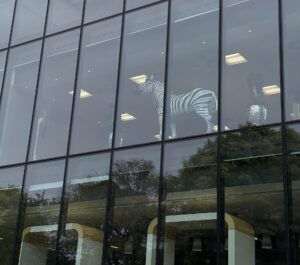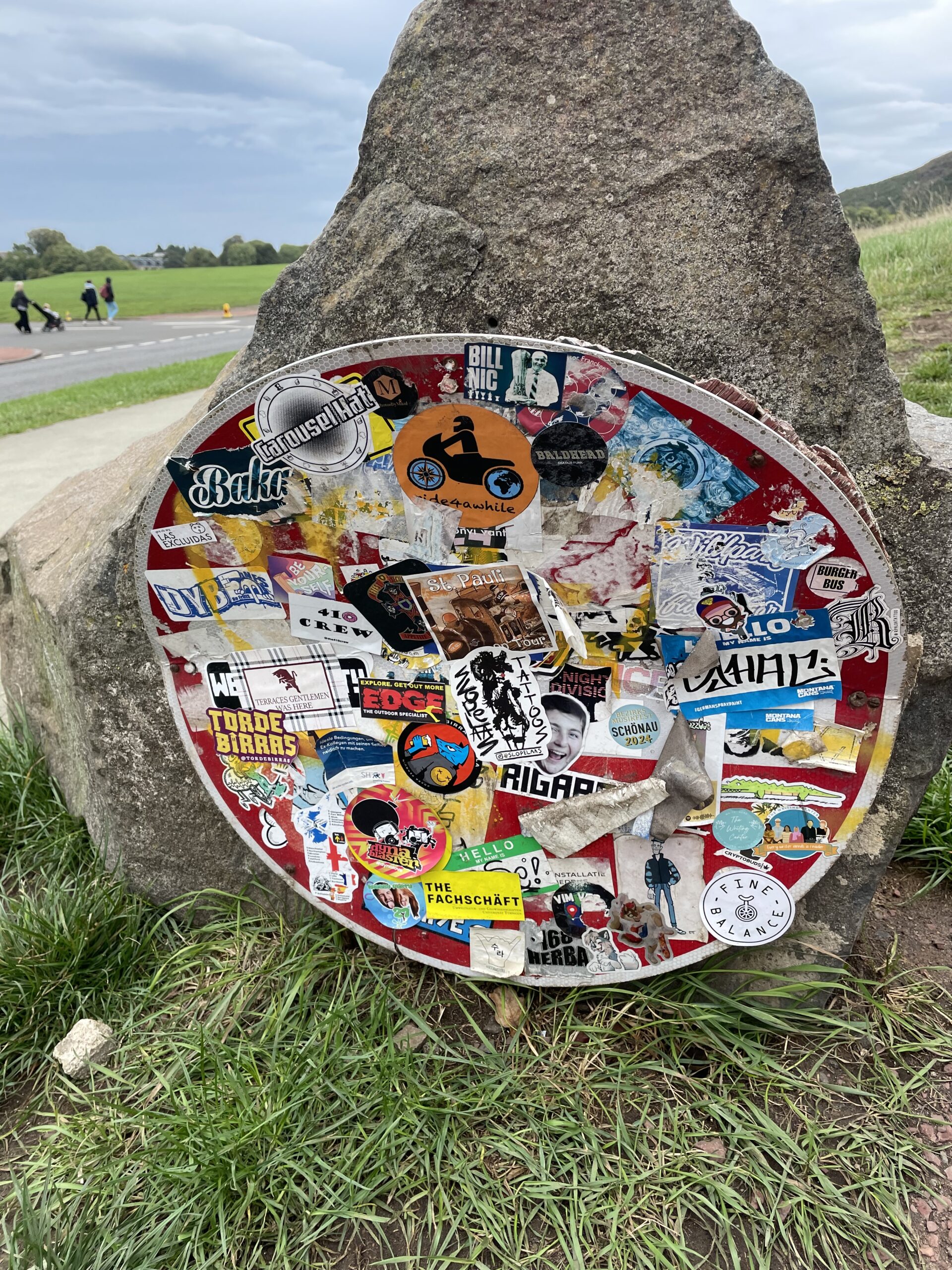This week’s lecture highlights the historical tendency in Western thought to not only dichotomize the mind and body but also to establish a clear divide between ‘Culture’ and the remote concept of ‘Nature.’ This single notion ignites deep discussions around the power of language for division. Tim Ingold introduces the concept of ‘Nature’ with a capital N, highlighting its nuanced connotations compared to the environment. It’s imperative to acknowledge the Western perspective and break free from the dualistic thinking we have imposed upon our culture. Furthermore, we can observe other dualisms such as male and female, emotional and rational. A thought-provoking quote from Philippe Descola and Gisli Palsson’s work in 2013 [1996] emphasizes the idea that “Nature is a social construct, and conceptualizations of the environment are shaped by ever-changing historical contexts and cultural specificities.”
The Anthropocene, marking an era of significant human impact on the environment, prompts scholars in design and environmental history to assess design’s role in shaping environmental narratives, advocate for design activism in addressing environmental challenges, recognize the influence of nonhuman agents, and emphasize narratives of care and responsibility in an ever-changing world. The three case studies mentioned by Fallan and Jorgensen to demonstrate the renewal of understanding in environmental histories of design are: The Pink Plastic Flamingo, The SUV, and The Hoover Dam.

Zebra constrained in a building. Photo by Christina Yang.
In my discussion group, I’ve noticed the importance of the narrative being promoted, particularly how companies often shift the burden of responsibility onto consumers despite holding the greatest power for impactful change. Additionally, the distinction between genuine environmental efforts and greenwashing as a capitalist marketing tool has become evident. My discipline in Graphic Design encompasses packaging design which is essential to put environmental considerations at the forefront. I believe that making environmentally friendly choices more convenient and enhancing the user experience can encourage more people to opt for eco-friendly alternatives. For example, replacing paper straws with durable options like wheat or corn stalk straws can improve user satisfaction and reduce environmental impact. Price’s work on the Pink Plastic Flamingo suggests that nature can be commodified and reduced to a kitschy symbol, highlighting how consumer culture shapes our perception of the natural world. Rollins’ study of the SUV reveals that nature is often manipulated to fit human desires and preferences, emphasizing the anthropocentric view that nature should serve human convenience, even at the expense of environmental concerns. Both works illustrate how human interactions with nature are deeply influenced by consumerism and societal values, prompting us to reevaluate what we view as the norm.
Reference list
Fallan, K. & Jørgensen, F.A. (2017) Environmental Histories of Design: Towards a New Research Agenda. Journal of Design History. 30 (2), 103–121. doi:10.1093/jdh/epx017.
Harkness, H. (2023) Theme 1_Lecture 1A [PDF], Experience and the Environment: Design and the Senses, Making and Consuming. University of Edinburgh.





You are highlighting some of the key concepts in environmental thinking, including the nature/culture divide and the Anthropocene, as well as the distinction between genuine environmental efforts and greenwashing. You have thoroughly engaged with the material this week and considered some of the points through your discipline.